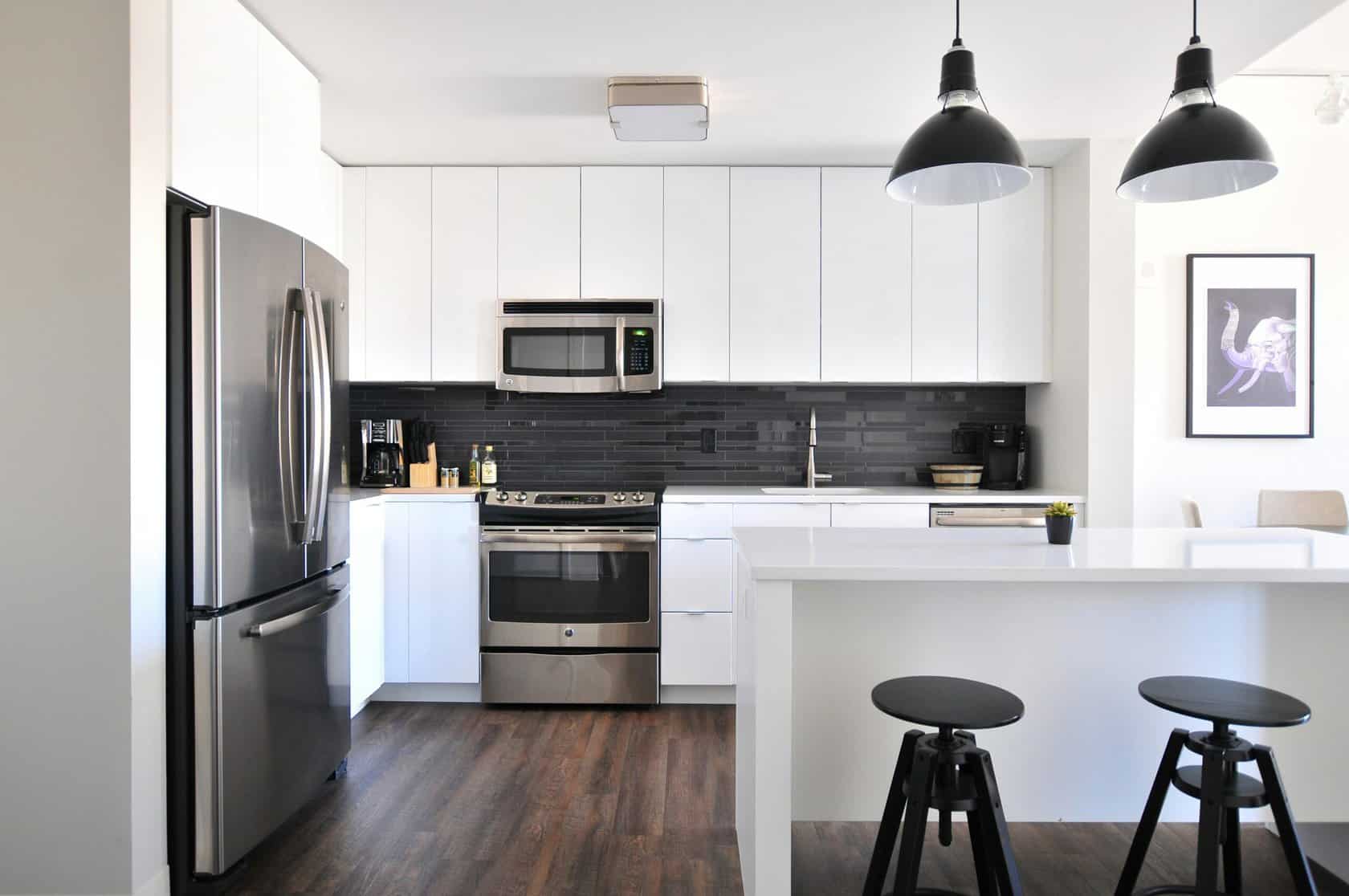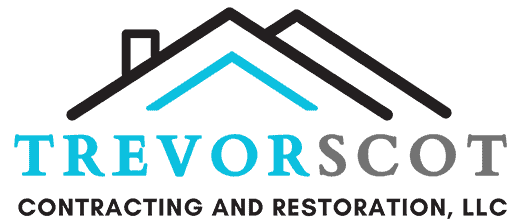
05 Nov Financing a Custom Home: Options and Tips
Financing a custom home can feel like uncharted territory, but it doesn’t have to be. Understanding your options and knowing where to start can make the journey smoother and even more enjoyable. Let’s break down how financing works, explore available options, and discover ways to save money on your dream home.
How does financing work for a custom home?
Financing a custom-built home works differently than buying an existing property. Typically, you’ll start with a construction loan, a short-term loan that covers the cost of building your home. Unlike a traditional mortgage, construction loans are released in stages, known as “draws.” They allow you to pay your builder as different milestones are completed, such as laying the foundation, framing, and finishing.
Construction loans are typically more involved than standard mortgages because they require regular inspections to ensure that each project phase is completed properly before funds are disbursed. The lender plays a significant role in ensuring the home is built according to plan and within budget. Once your home is built, the construction loan is converted into a standard mortgage, also called a “permanent loan.” This is when the short-term construction loan turns into long-term financing.
This process is known as a “construction-to-permanent” loan and can be streamlined by lenders offering construction loans and mortgages. Remember that construction loans usually require a larger down payment, typically around 20-25%, and are often tied to higher interest rates. However, many lenders will work with you to lock in favorable terms as your project progresses. It’s also worth noting that some lenders may offer interest-only payments during construction. This helps keep costs manageable while your home is being built.
Exploring Custom Home Financing Options
There are several ways to finance your custom home. It is crucial to choose an option that fits your financial situation and long-term goals. Besides construction-to-permanent loans, there are also standalone construction loans. These require you to secure a mortgage after the home is completed. This option provides more flexibility. However, it also means navigating two separate loan applications and facing different interest rates.
Another option is a renovation loan, ideal if you’re purchasing land with an existing structure that needs significant work. Renovation loans can be a practical solution for those looking to rebuild or heavily remodel an existing home while adding custom features. You may also consider tapping into your home’s equity if you already own a property and wish to finance the construction using a home equity line of credit (HELOC). This option is attractive because HELOCs often come with lower interest rates than construction loans.
If you already own the land outright, you might also be able to use it as collateral to secure better loan terms. Some lenders will allow you to use the equity in your land as part of the down payment, reducing the upfront cash you need to provide. It’s important to discuss all these options with a knowledgeable lender to determine what makes the most financial sense for your situation.
How to Save Money on a Custom-Built House
One of the best ways to save money on a custom home is to plan meticulously. Work closely with your builder to create a budget and stick to it. Changes during construction are the number one reason projects go over budget. So, take the time upfront to design every aspect of your home, from the layout to finishes, before breaking ground.
Another great tip is to consider using standard-sized materials instead of custom alternatives, which can significantly reduce costs. For example, standard window and door sizes are more cost-effective because they don’t require special manufacturing. You can also save by choosing a more efficient floor plan. Opting for a compact, well-designed home can reduce costs without sacrificing comfort or aesthetics. Efficiency also extends to the build process, so ask your contractor about the most efficient ways to sequence the project to avoid costly delays.
It’s also worth considering where you might use more affordable materials without sacrificing quality. For example, using high-quality but cost-effective flooring or cabinet options can help manage expenses. Working with an experienced builder who knows how to source materials at a good price and avoid common pitfalls can also make a big difference in controlling costs.
Tips for Choosing the Right Lender
Choosing the right lender can make or break your custom home financing experience. Look for a lender with experience in construction loans and a strong understanding of the building process. Many lenders offer specialized programs or discounts for borrowers looking to build their own homes. So, don’t be afraid to shop around and compare offers.
You should also consider getting pre-approved before you begin designing your custom home. This gives you a clear idea of your budget and helps set realistic expectations for your builder. A good lender will help you navigate the complexities of construction loans, ensuring you have enough funds to complete your home without unexpected financial hiccups.
Communication with your lender is key throughout the process. Make sure they understand your vision and timeline and be prepared to provide all necessary documentation promptly to avoid any delays. It’s also a good idea to work with a lender who offers a single point of contact throughout the project, as this can simplify communication and keep things moving smoothly.
Final Thoughts on Financing Your Custom Home
Building a custom home is one of the most rewarding investments you can make, and having the right financial strategy is key to its success. By understanding your loan options, carefully planning your budget, and working with experienced lenders, you can bring your dream home to life without financial stress. Take time to research, consult experts, and make informed decisions to ensure that your homebuilding experience is as enjoyable and seamless as possible.
Remember, a well-planned approach to financing ensures that your project stays on budget. It also gives you peace of mind as you watch your dream home take shape. Take advantage of the expertise around you and turn your vision into reality.
At Trevor Scot Contracting, we pride ourselves on helping our clients navigate the entire custom home-building journey, including the financial aspect. Our experienced team is here to guide you through every step, from planning to construction. We ensure that your dream home is built with quality craftsmanship and financial confidence. Let us help you bring your vision to life!
Have more questions?
If you’re ready to start building your dream home or have any questions about our services, we’d love to hear from you. Contact us today to schedule a consultation and take the first step toward making your dream home a reality.
